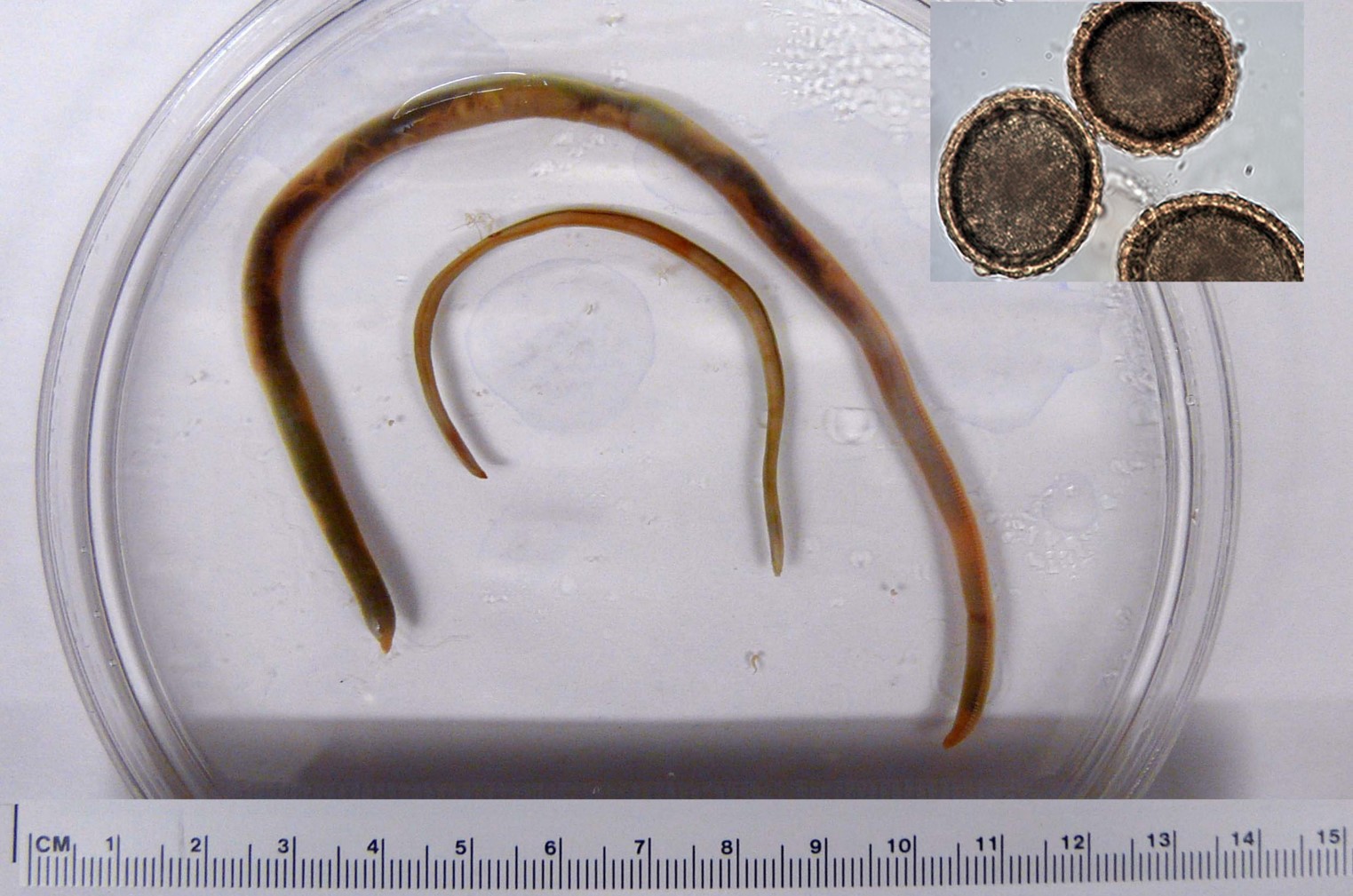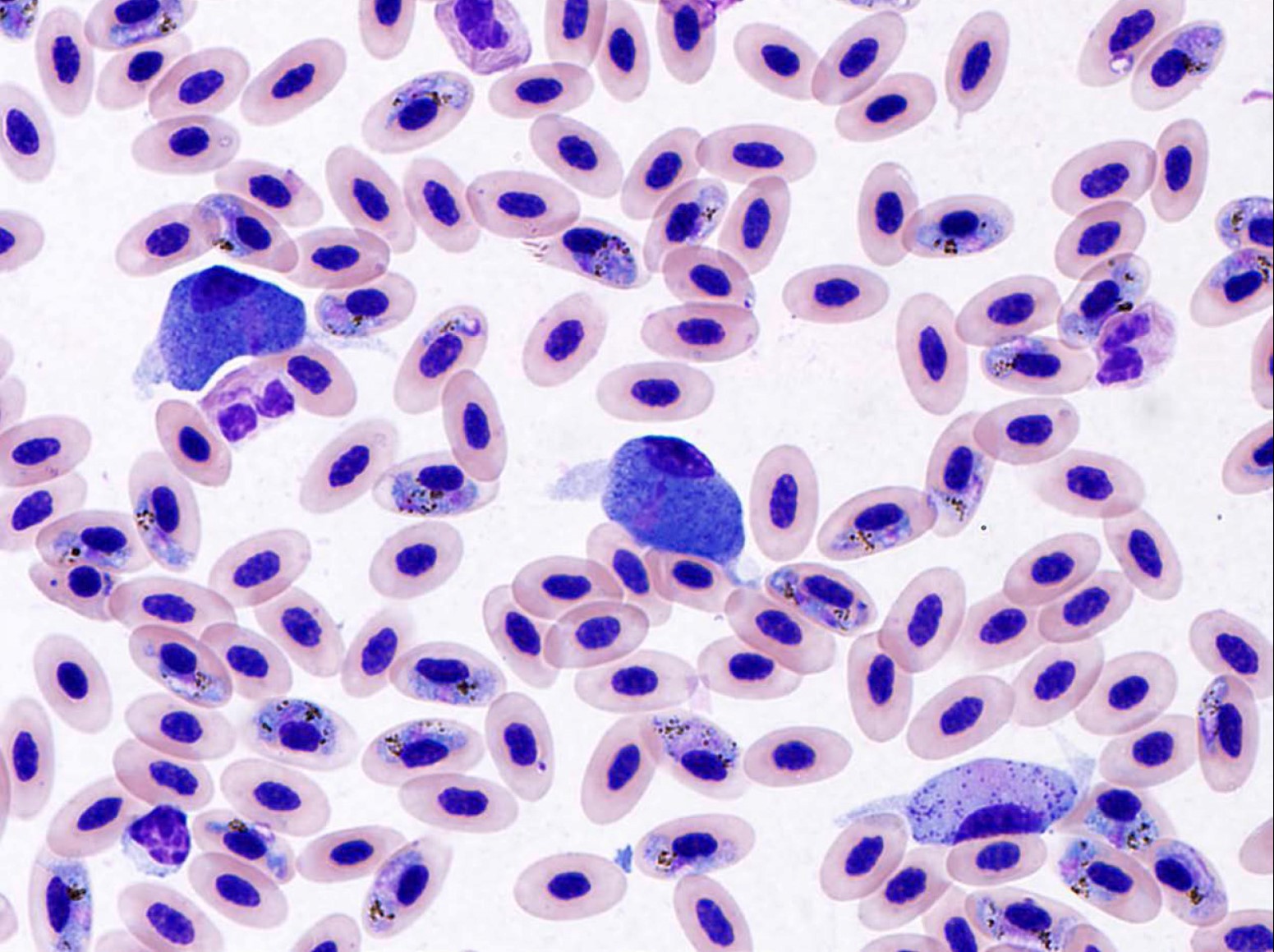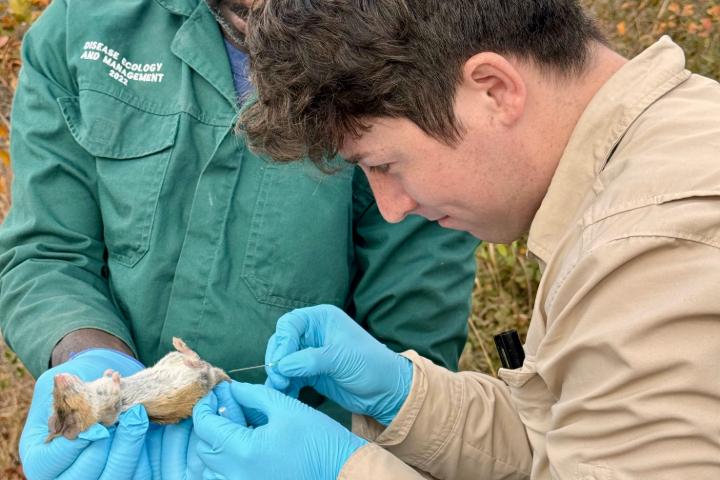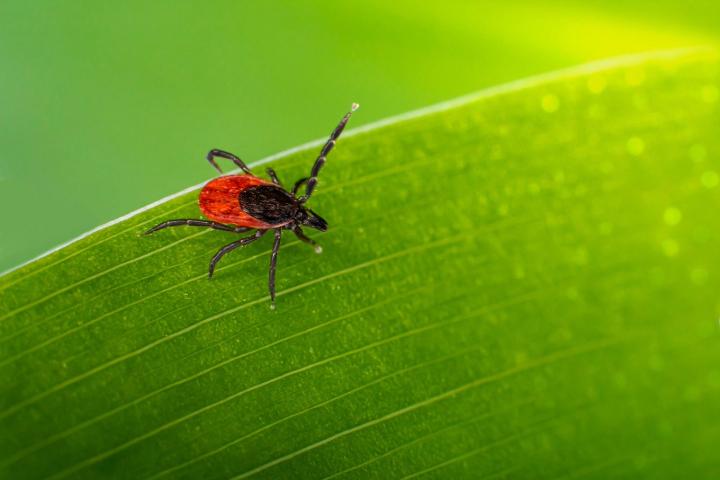Parasitology
Identifying and understanding parasites of wildlife, domestic animals, and people
Parasites of animals often have no true boundaries with respect to domestic, wild and human animal hosts; parasite life cycles often involve multiple hosts, which easily bridge any gaps between these three host populations. We have taken part in examinations of parasites of Ugandan mountain gorillas as related to public health and wild Colombian rats with potentially zoonotic parasites, aided in Toxoplasma serology in wild Peruvian ungulates, diagnosed conjunctival nematodiasis in a captive square-lipped rhinoceros, described a new nematode from captive ball pythons, and helped identify parasites in wild Siberian tigers and leopards as part of a fecal survey.
We provide training related to field work, including determination of best methods for collection and field examination of specimens, preparation of specimens for serology or identification by morphologic or molecular methods, and help develop specialized research methods. For us, there is no host that is too exotic, and we have identified parasites in species ranging from bald eagles to wild Madagascar hissing cockroaches. We help identify parasites’ means of transmission and approaches to potential control, and help elucidate their chances of being transmitted among wildlife, domestic animals, and/or people.








